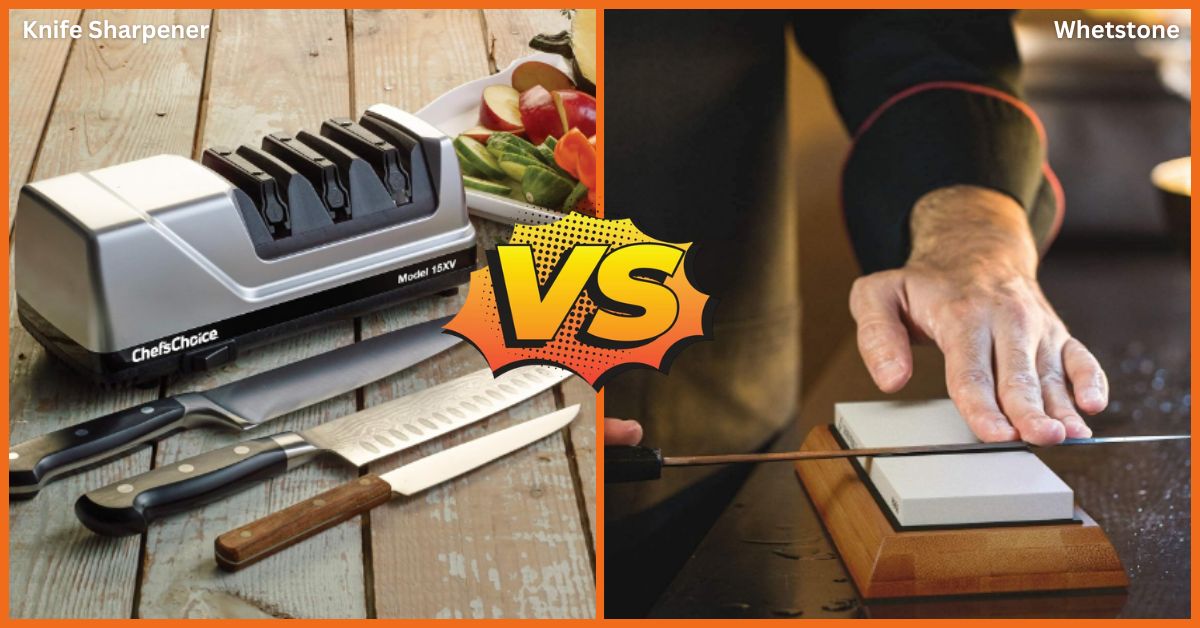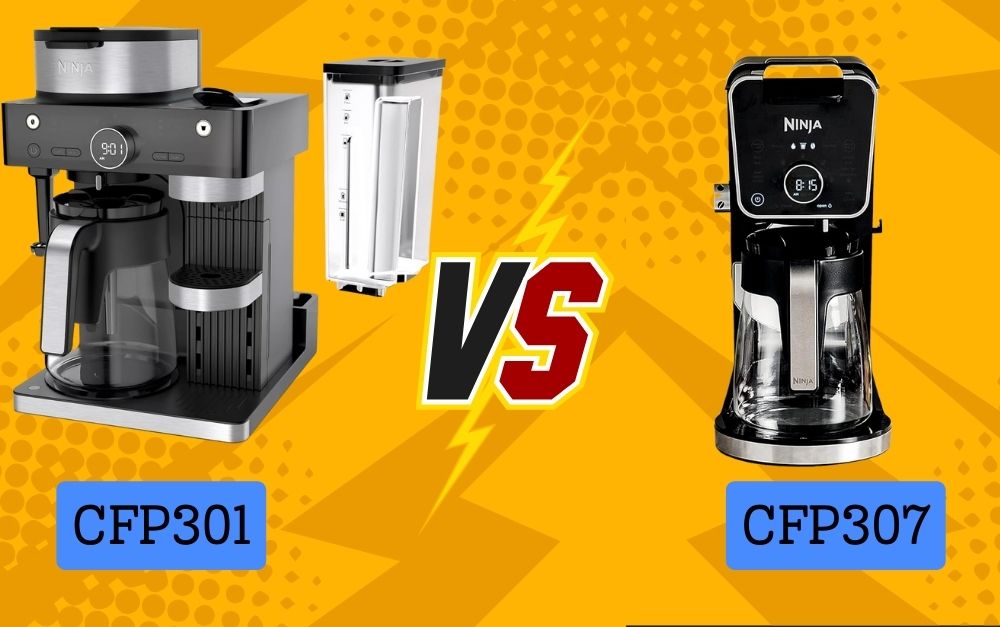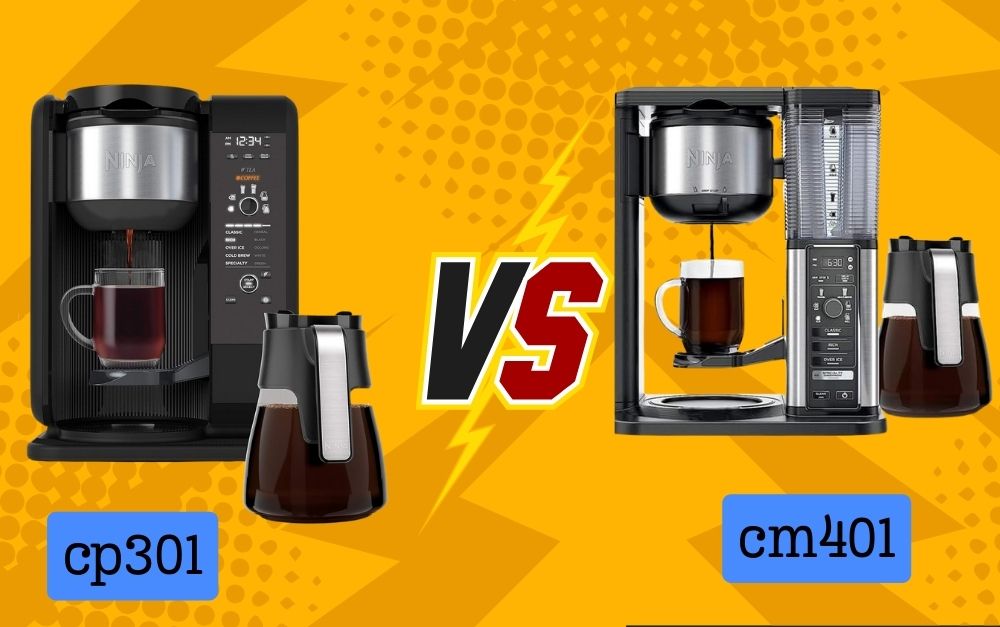If you cook for a family or manage meals in a busy household, you know how important it is to have sharp knives in the kitchen. Dull knives slow you down, make cooking harder, and can even be dangerous. Keeping your knives sharp isn’t just about efficiency; it’s about safety and saving time—something every large household can appreciate. But when it comes to sharpening, the big question arises: Knife Sharpener vs. Whetstone — which one is better?
I’ve spent years testing and using different sharpening tools, so I’m here to break it down for you in simple terms. Let’s explore both options to help you make the best decision for your kitchen.
Why Sharp Knives is Important?
Before diving into the tools, let’s talk about why sharp knives are essential for a household. Imagine trying to chop a mountain of vegetables with a dull knife. It’s frustrating, inefficient, and takes way more energy than necessary. Plus, dull blades require more force, increasing the risk of slips and cuts. In a busy kitchen, you want tools that work with you, not against you.
Whether you’re slicing tomatoes for a quick salad or prepping meat for a family barbecue, a sharp knife saves time and makes cooking enjoyable. But keeping your knives in tip-top shape requires the right sharpening tools.
Knife Sharpener vs. Whetstone: A Quick Comparison
Here’s an analogy: a knife sharpener is like a quick tune-up for your car, while a whetstone is a complete service. Both get the job done but in different ways. Let’s break it down:
Knife Sharpener
- Pros:
- Quick and easy to use.
- Perfect for beginners.
- Suitable for most Western-style knives.
- Models like the Chef’s Choice 15 Trizor provide consistent results in seconds.
- Cons:
- Can remove too much metal, shortening the knife’s lifespan.
- Limited control over the sharpening angle.
- May not work well with delicate or high-carbon knives.
Whetstone
- Pros:
- Offers complete control over the sharpening process.
- Works for all knife types, including Japanese chef knives and paring knives.
- Produces a sharper, longer-lasting edge.
- Cons:
- Steeper learning curve.
- Takes more time and effort.
- Can be messy with metal shavings and water.
What Could Be Better? My Expert Thoughts
As much as I love both tools, each has room for improvement. Let’s talk about the biggest drawbacks and how you can overcome them.
Knife Sharpener: The Drawbacks
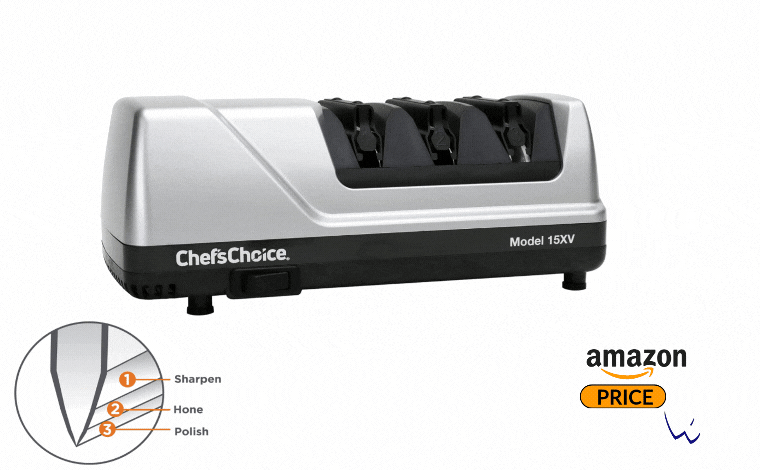
Check Latest Price and Offer at Amazon
- Metal Removal: Some electric sharpeners can be too aggressive, especially with softer blades. Over time, this can thin out your knife, reducing its lifespan. This is particularly concerning if you own high-quality knives.
Solution: Use manual sharpeners with adjustable settings or invest in a sharpener specifically designed for your knife type. - Limited Versatility: Not all sharpeners are compatible with specialty knives like serrated blades or Japanese knives.
Solution: Look for multi-stage sharpeners that cater to different knife styles or supplement with a whetstone for more delicate knives.
Whetstone: The Drawbacks
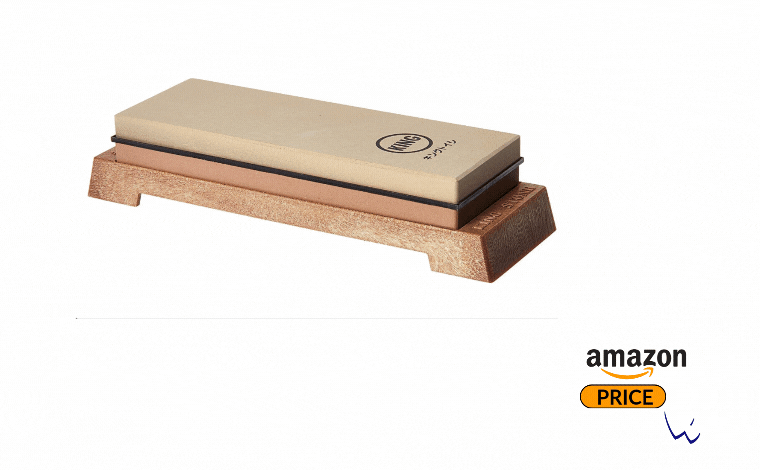
Check Latest Price and Offer at Amazon
- Learning Curve: Mastering the correct angle and pressure takes practice. If you’re new to whetstones, it might feel intimidating at first.
Solution: Start with a sharpening guide or watch step-by-step tutorials on YouTube. Practice with an inexpensive knife before moving on to your pricier blades. - Time-Consuming: Sharpening with a whetstone can take up to 20 minutes per knife, which might not be ideal for a busy household.
Solution: Use a whetstone only for your most-used knives and rely on a sharpener for quick touch-ups.
What Do Professionals Use?
Professional chefs and butchers often rely on whetstones for their precision and ability to create a razor-sharp edge. However, many also keep an electric sharpener on hand for quick fixes during busy hours. This hybrid approach could work well for your household too—use a sharpener for convenience and a whetstone for knives that need extra care.
Tips for Perfect Decision-Making
If you’re still unsure, here’s a guide to help you choose:
Go for a Knife Sharpener If:
- You’re new to knife maintenance.
- You need a quick and easy solution.
- Your knives are mostly Western-style or basic kitchen knives.
Choose a Whetstone If:
- You own high-end or Japanese knives.
- You want the sharpest, most precise edge possible.
- You’re willing to invest time in learning and sharpening.
Why Not Both?
There’s no rule saying you can’t use both! Many home cooks keep a knife sharpener for everyday use and a whetstone for occasional deep sharpening.
Practical Tips for Using Each Tool
Knife Sharpener
- Choose the Right Model: Look for one with multiple stages for honing and polishing.
- Follow the Instructions: Each sharpener has specific guidelines. Read them carefully to avoid damaging your knife.
- Keep it Clean: Regularly clean the sharpener to remove metal shavings.
Whetstone
- Start with a Coarse Grit: This helps repair any chips or dull edges.
- Use a Consistent Angle: Maintain a 15-20 degree angle for most knives.
- Don’t Rush: Take your time to achieve a smooth, even edge.
- Finish with a Fine Grit: This polishes the blade for a razor-sharp finish.
My Personal Experience
When I first started cooking for a large family, I relied solely on a knife sharpener. It was quick and easy but left my favorite Japanese knife with noticeable wear. That’s when I decided to try a whetstone. It took practice, but the results were incredible. Now, I use a combination of both—a sharpener for quick touch-ups and a whetstone for a professional-grade edge.
For example, one weekend, I prepped for a big family gathering. My whetstone saved the day by restoring my chef’s knife to perfect sharpness, making vegetable chopping a breeze. It took time, but it was worth it.

Final Thoughts: Knife Sharpener vs Whetstone
So, which is better: a knife sharpener or a whetstone? The answer depends on your needs. For busy families, a sharpener offers convenience and speed. For those passionate about cooking, a whetstone delivers precision and longevity. Personally, I recommend having both tools in your kitchen arsenal.
If you’re ready to upgrade your knife maintenance routine, check out highly-rated models like the Chef’s Choice 15 Trizor or the KING 1000/6000 Whetstone. You’ll be amazed at how much easier and more enjoyable cooking becomes with properly sharpened knives.
FAQs
Q: Is a knife sharpener or whetstone better for beginners?
A: A knife sharpener is better for beginners because it is quick and easy to use while still keeping kitchen knives sharp.
Q: What is the main difference between a knife sharpener and a whetstone?
A: A knife sharpener offers fast touch-ups, while a whetstone gives a sharper and longer-lasting edge for serious cooks.
Q: Do professional chefs use a knife sharpener or a whetstone?
A: Most professionals use a whetstone for precise sharpening and keep a knife sharpener for fast fixes during busy times.
Q: Can I use a whetstone for Japanese knives like the KING 1000/6000?
A: Yes, a whetstone like the KING 1000/6000 works well for Japanese knives and helps keep a very fine edge.
Q: Does a knife sharpener damage high-quality knives over time?
A: Some electric sharpeners can take off too much metal, so choose a safe model like the Chef’s Choice 15 Trizor.
Q: Which option is faster: using a whetstone or a knife sharpener?
A: A knife sharpener is much faster and better for busy families who need sharp knives quickly.
Q: Should I own both a whetstone and a knife sharpener?
A: Yes, many home cooks use a sharpener for daily use and a whetstone for deep sharpening and better precision.
Q: Are whetstones hard to use for beginners?
A: A whetstone takes more practice, but using a sharpening guide or watching short videos makes it easier.
